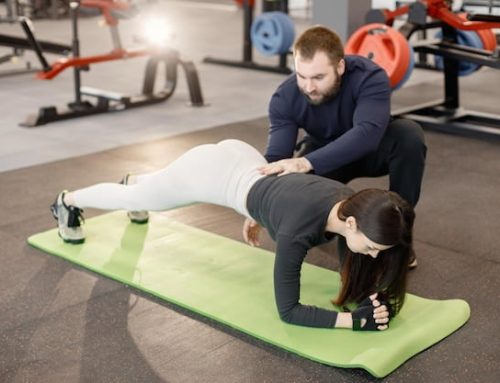The Three Principles of Sports-Specific Training
Sports-specific training is defined as a structured and purposeful training program that is specifically designed for athletes to improve their performance in their respective sport. This type of training is aimed at improving specific skills, body movements, and physical capacity to enhance performance in competition. To achieve maximum results, there are three principles of sports development that coaches and athletes must follow.
Principle 1: Specificity
The first principle of sports development is specificity. This principle refers to the fact that training programs must be designed to meet the unique demands of the athlete’s sport. For example, if an athlete plays basketball, their training program should focus on improving their basketball-specific skills such as shooting, dribbling, and passing. Additionally, the program should incorporate exercises that simulate game-like situations, such as fast breaks, rebounds, and defensive movements.
This principle applies to all sports, whether it is an individual or team sport. A wrestler, for instance, needs to train their muscles to help them maintain balance and control over their opponents. In contrast, a football player needs to train their muscles to help them run, block, or catch the ball effectively. Therefore, sports-specific training must focus on the specific requirements of the sport for which the athlete is training.
Principle 2: Progressive Overload
The second principle of sports development is progressive overload. This principle refers to the gradual increase in the intensity, duration, or frequency of the training program. The goal of progressive overload is to improve the athlete’s physical capacity, which includes strength, endurance, speed, and power.
To achieve this, coaches must design a program that gradually increases the workload over time. For example, an athlete may start working on their strength by lifting weight that they can comfortably lift but gradually increase the weight to create a new level of resistance. The athlete can also gradually increase the number of repetitions to strengthen specific muscle groups.
If the athlete trains regularly, it is essential to create a new challenge to their muscles. Over time, the body adapts to the demands of the training program, and the athlete must continually challenge their muscles to improve their physical capacity.
Principle 3: Individualization
The third principle of sports development is individualization. This principle refers to designing a training program specific to an athlete’s unique strengths, weaknesses, and goals. Coaches must take into consideration the age, gender, previous training experience, injury history, and current health status of the athlete.
For example, if an athlete has knee pain due to a previous injury, the training program should be designed to reduce the stress on their knee joints. If an athlete has a history of muscle imbalance, the program should focus on correcting that imbalance to prevent future injuries.
Additionally, individualization helps to create a program that is tailored to an athlete’s specific goals. For instance, a basketball player who wants to improve their shooting ability needs to focus more on repetitive shooting mechanics, while a player who wants to improve their overall performance needs a more comprehensive program that includes endurance, speed, strength, and agility training.
The Benefits of Sports-Specific Training
Sports-specific training offers many benefits to athletes, including:
Better Performance
Sports-specific training helps athletes improve their performance by enhancing their technical skills and physical capacity. The training program is designed to meet the unique demands of the athlete’s sport, allowing them to develop the skills necessary to perform at their best.
Injury Prevention
Sports-specific training also helps to prevent injuries by correcting muscle imbalances, improving flexibility and mobility, and increasing overall physical capacity. Regular training helps athletes adapt to the physical demands of their sport, reducing the chance of injury.
Improved Confidence
Sports-specific training also helps athletes develop confidence in their abilities. When athletes feel confident, they perform better, leading to better overall performance.
Conclusion
In conclusion, the three principles of sports development- specificity, progressive overload, and individualization- are essential for designing an effective sports-specific training program. Coaches and athletes must keep these principles in mind when designing and implementing a training program to ensure maximum results. By incorporating sports-specific training, athletes can improve their performance, prevent injuries, and develop the confidence they need to excel in their sport.






